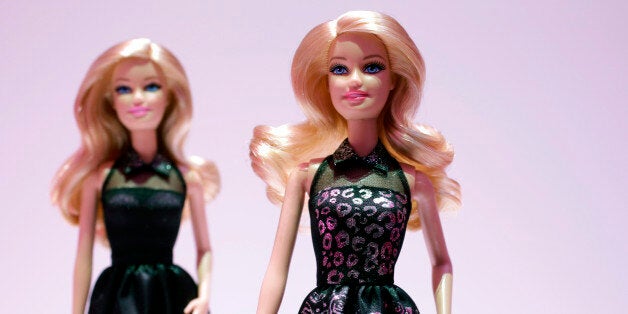
Diversity, particularly gender, is a progressively hot topic. Talk of Equality in terms of closing the pay gap and increasing the percentage of females on the board has dominated headlines for years, but if research by J Walter Thompson presented at this year's SXSW is anything to go by, companies now need to look beyond gender equality, to neutrality.
Significant numbers of Gen Z no longer define themselves primarily by gender. They use gender-neutral pronouns, reject the idea of gender binaries in stores and explore fluidity in sexual orientation far more so than the Millennial generation above them. As Gen Z (and their spending power) matures, brands will have to respond if they want to keep this new market engaged.
Gender is a social construct
Gender tends to be shaped and influenced by the attitudes and choices of those who raise us, and the environment they raise us in. As society has tied gender to biological sex for centuries, and built up stereotypes, norms and values around how specific genders are expected to behave, certain attitudes, aptitudes and behaviours have come to be seen as expected.
This has made it easier for brands to market products to specific groups of people; dolls, make-up and fashion for girls, action figures, games and sports items for boys. This then spreads into the adult consumer market and even influences the development of new products; 'Bic for Her' pens were a particular favourite.
But most gender identifiers are shallow representations of who we see ourselves as, or what society and those close to us think we should be. Game publisher, EA's, massive simulation franchise, The Sims 4, recently introduced a major change to its game. Now, in addition to creating male and female characters, players can do everything from creating gender fluid characters, to simply being able to give their male characters access to traditionally female clothing, make-up and hair choices (and vice-versa). Back in 2014, another of EA's game franchises, Dragon Age, introduced a transgender character to the story.
Reflecting changing societal norms
The overwhelming support for these changes, evident on the brand's own community site, on fan forums, on Reddit and across social media, shows that it's something that many people support. According to research published in the Harvard Business Review, the top performing companies on Twitter used empathic language with a gender neutral tone. But while it's one thing to reflect diversity in a virtual world, is it quite another to do so in the real world?
The fashion industry doesn't seem to think so. Spearheaded by the likes of Gucci and Vetements, a plethora of new 'gender neutral' labels, such as 69, TILLYandWILLIAM and Not Equal have arrived on the scene, each challenging societal norms on gender stereotypes in their own unique way. In March, Zara launched a gender neutral clothes line and, while the collection received some criticism for consisting largely of menswear staples long since adopted by women, if a trend has reached the high street, you know its mainstream.
The move to non-binary
And we are starting to see examples of this from more mainstream brands. The likes of Disney, who removed gender descriptions from costumes last Halloween and Mattel, who cast a little boy, not a girl, with a Mohawk to front the Barbie campaign for their collaboration with Moschino are really making waves. They are addressing the topic of gender neutrality early on, before the norms and stereotypes set in.
In 2015, Coke and 7-Eleven launched the battle of the can campaign in the U.S., which used consumer generated content to showcase people celebrating their "dude and diva" sides. In June 2016, FMCG giant Unilever issued a call to the marketing industry to 'un-stereotype' how gender is portrayed in advertising, citing Dove and Knorr as examples of how their brands are challenging beauty and cooking stereotypes respectively. Procter & Gamble recently launched a campaign to un-stereotype emojis - is it a coincidence that these companies rank as the top three in the list of most effective global advertisers?
There are of course brands not quite getting it right. Reebok recently released its Ripley boots, named and fashioned after the boots Ripley wore in the Alien movie franchise. However, despite Ripley being a female action hero, and an icon for many women, the brand confusingly listed them as 'Men's Classics' on its website. You could argue that Zara somewhat missed the point too.
And it is here that the real challenge for brands resides. The latest generation of consumers view gender with a fluidity that eluded the majority of older generations. For brands this means that it's no longer a question of "this is how you market to men and this is how you market to women". Marketers need to genuinely focus on marketing their products and services in a non-gender descript way with an authentic voice - repackaging existing wares into a gender neutral offering will just not do.
There are no easy answers, but any brand that communicates with its consumers, or develops products and services at all, needs to know its audience, so we believe the right place to start is for brands to ask their customers. One thing is for sure - to not be defined by gender represents one of the most pivotal shifts in human perception that we've ever seen.